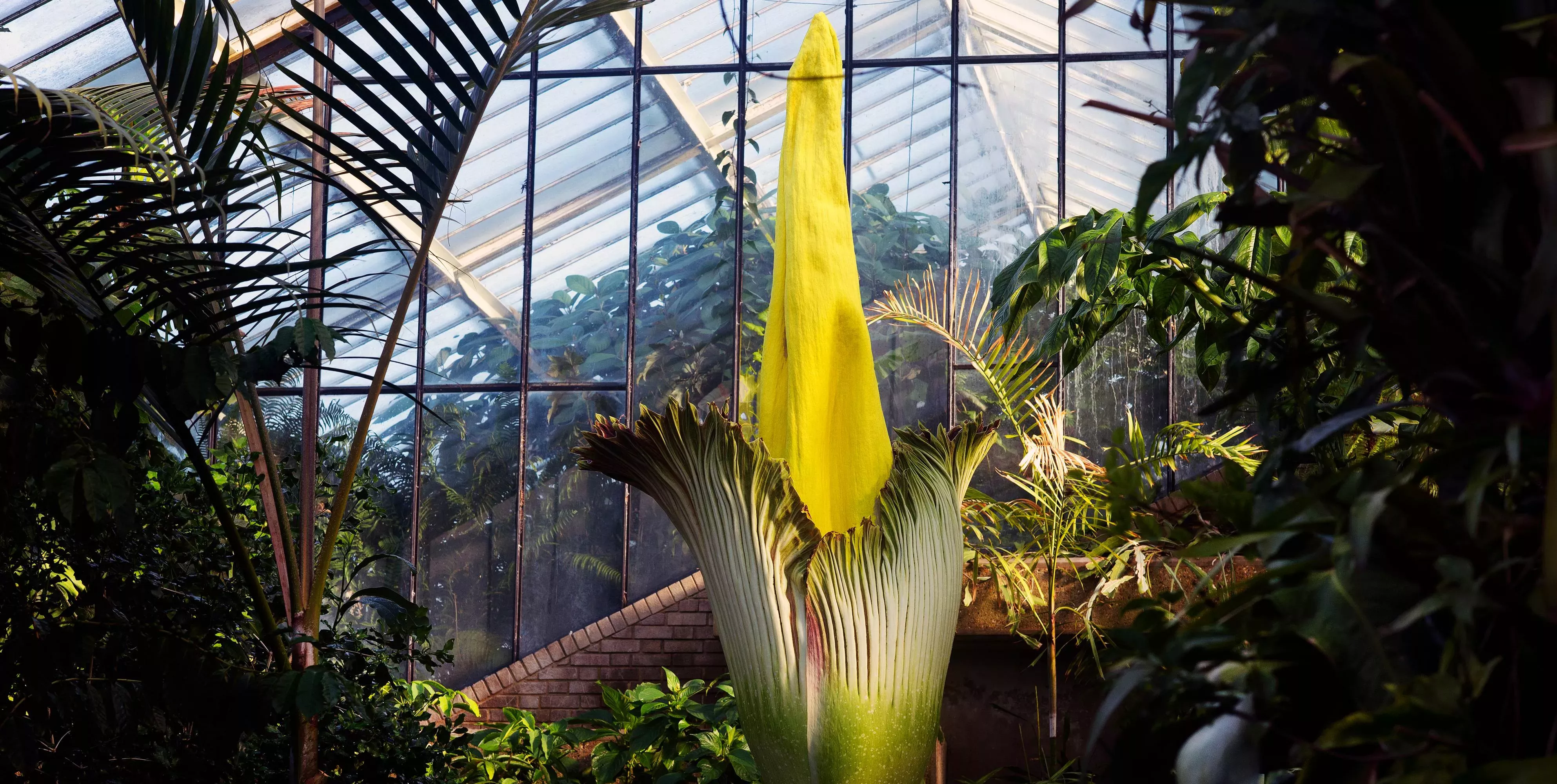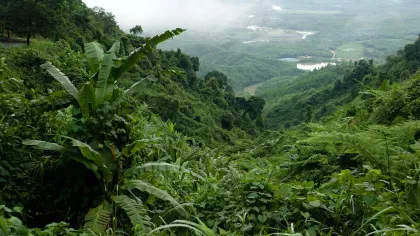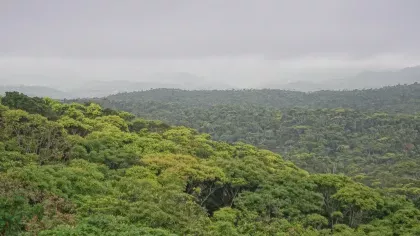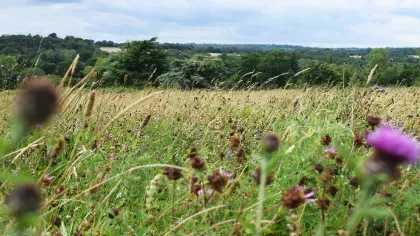26 October 2021
COP26: A critical turning point for protecting biodiversity
In the run up to COP26, Richard Deverell, Director of Kew, talks about why nature matters, and how Kew is working to protect global biodiversity.

It is impossible to overstate the importance of COP26 this November in Glasgow. It is a critical moment for humanity to commit to substantial and binding changes to tackle the climate crisis.
Climate change, unless checked, will have a far more profound impact on humanity than COVID-19. It will be global, hugely consequential for hundreds of millions of people, and potentially an existential threat. No one will be exempt.
The situation is urgent. As Sir David Attenborough has said: “What we do now, and in the next few years, will profoundly affect the next few thousand years”.
While we might be best known for being a botanical garden, Kew is also a global plant and fungal science and conservation organisation, with more than 300 scientists, operating in about 100 different countries around the world.

Our mission is to research plants and fungi for the benefit of humanity and for the future of all life on earth.
At Kew, we believe that climate change and biodiversity loss are the two great challenges of the 21st century.
Natural resources are being degraded at a rate unprecedented in human history. Scientists estimate that the current rate of extinction is between 100 and 1,000 times the pre-human rate.
Put simply – it is our generation that is witnessing an extinction crisis.
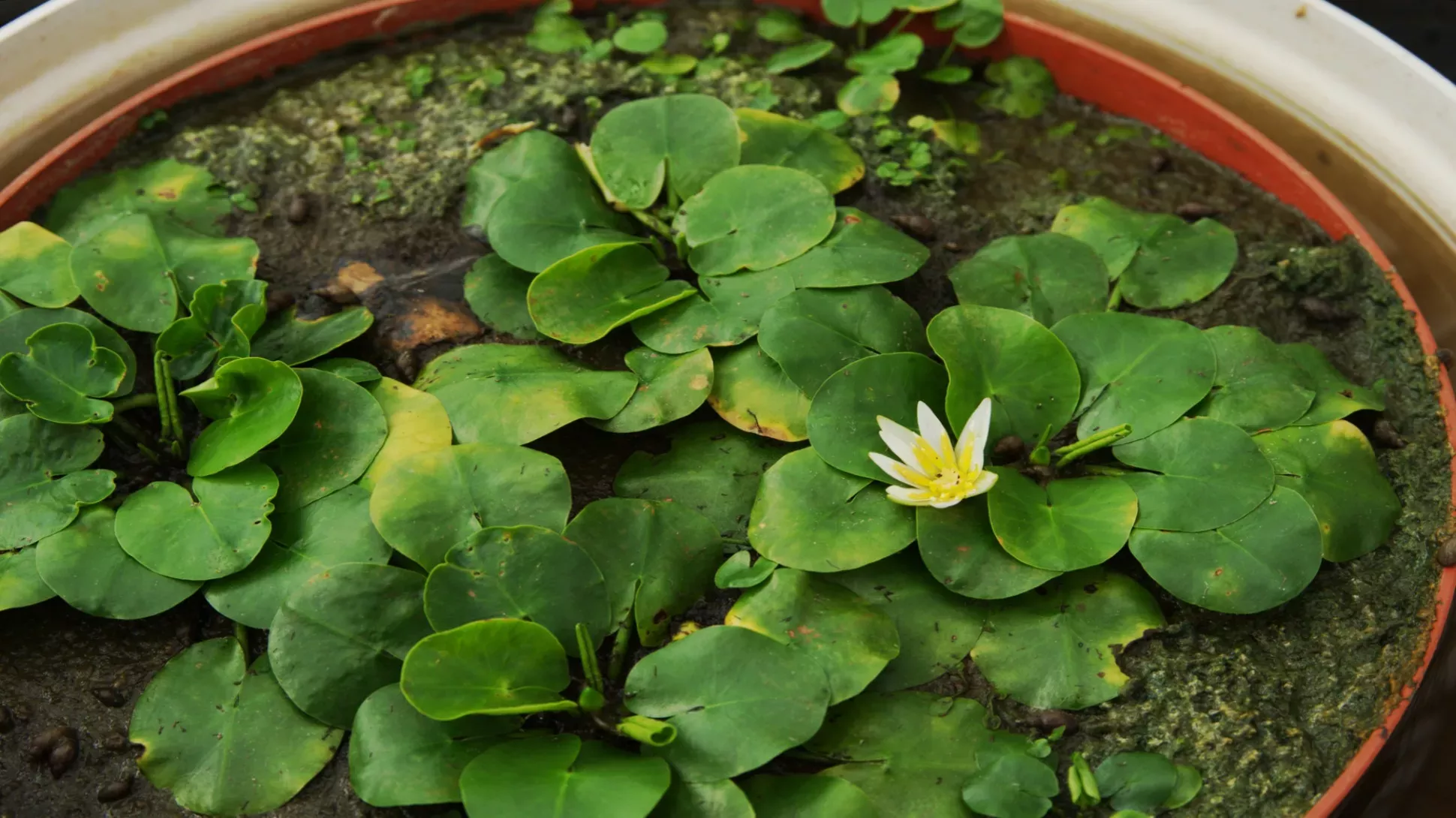
Twin crises: Climate change and extinction
Actions such as burning fossil fuels and clearing wild lands have released greenhouse gases, disrupting natural climate patterns.
In a vicious cycle, damaged ecosystems are less able to absorb emissions and mitigate some of the worst consequences of climate change – such as peak temperatures and extreme rainfall.
According to the UN, climate change is now the third highest cause of biodiversity loss and is on track to become the principal cause by the end of this century.
Examples of impacts of climate change include acidification of the oceans, wildfires, loss of alpine ecosystems, soil degradation and desertification.
For all these reasons, COP26 is utterly critical to the future of humanity.
I am often asked why we should care about nature. I believe there are three core reasons to protect it.
The first is utilitarian. Nature supports all life on Earth. Plants provide us with oxygen, food and fibres for our clothes. Along with fungi, they also provide fuel, medicines and building materials. Overall, the UN estimates that about half of global GDP is wholly or partly dependent on the services nature provides.
The second reason is moral. There are an estimated eight million species on our planet. Only one of these – humans – is causing the problems. Our species has the future of all life in its hands. This is a daunting responsibility, but one we must embrace.
Finally, there is a humanitarian argument. Jonas Salk, the inventor of the polio vaccine, argued that “our greatest responsibility is to be good ancestors”. On that criterion, we are not currently doing a very good job.
I don’t want ours to be the last generation that experiences elephants or tigers living free in the wild.
And, crucially, we don’t have to be.
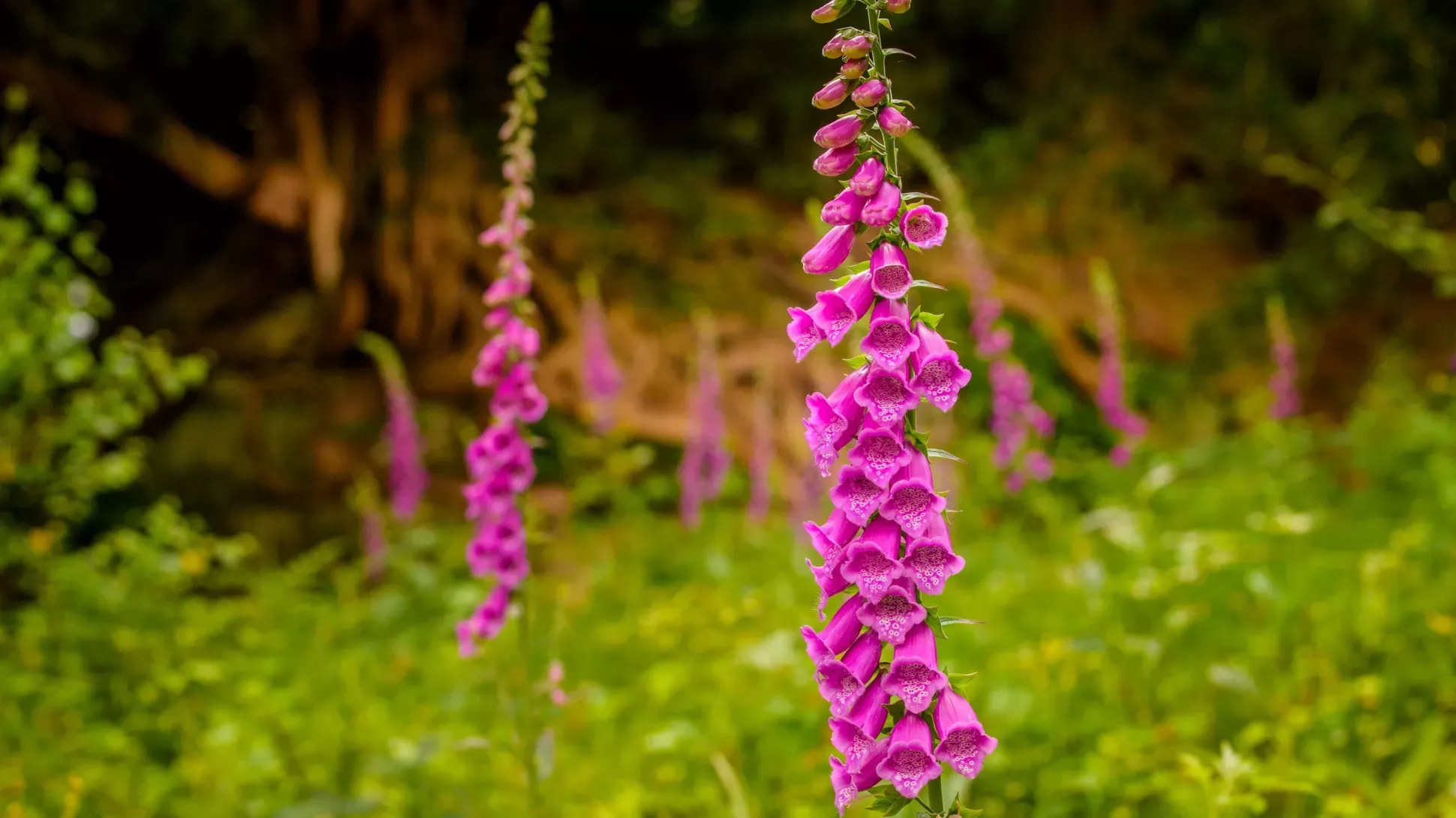
What role is Kew going to play?
At Kew, we believe botany is the science that will save humanity.
Earlier this year we published our new strategy at Kew for the coming decade. We called it our ‘Manifesto for Change’ and applied a tone of urgency.
We are seeking to align everything that RBG Kew does towards finding solutions to the extinction crisis and the climate emergency – and the problems they bring in their wake.
A good example of the latter is food security. The Food and Agriculture Organisation estimates that 50% of all human calories come from just 3 plant species – rice, maize and wheat.
These essential staples are being threatened by climate change. Rice is a famously thirsty crop; could scientists develop a variant that requires less water? Maize is being depleted by the fall armyworm. What solutions might exist – including drawing upon the wild relatives of these staples?
The Manifesto for Change gives us our direction for the coming decade, but what matters are the real-world solutions we deliver.
We are working in Ethiopia with our colleagues from Addis Ababa University to understand the genomics and tolerances of enset – a wild banana that is robustly climate tolerant. Kew is working to identify the most productive cultivars and their potential for wider cultivation across East Africa.
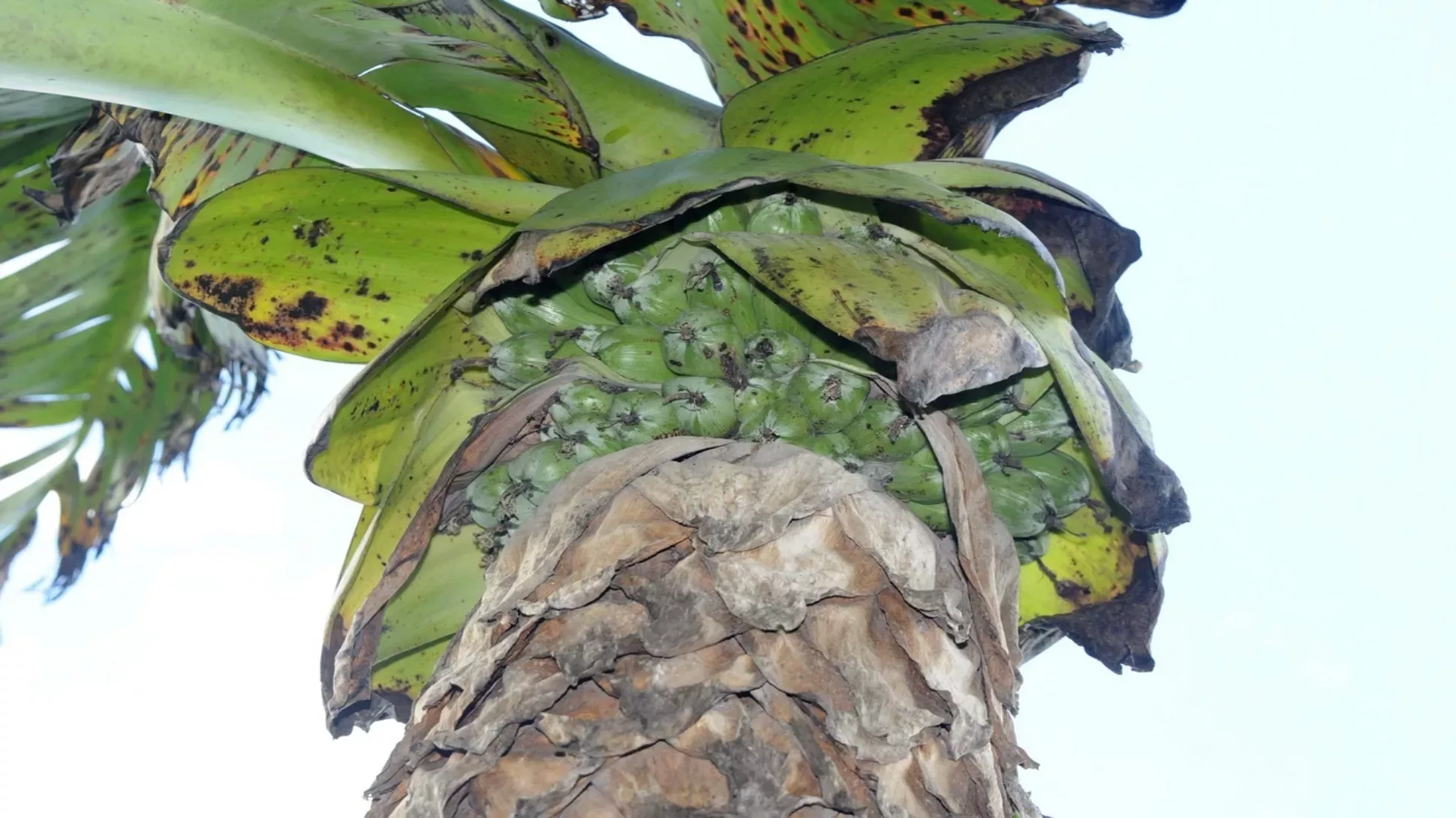
We have 2 billion seeds from 40,000 different species in the vaults of our Millennium Seed Bank at Wakehurst. These seeds have been carefully collected with our partners in 130 countries around the world.
At the beginning of 2020, we worked with scientists in Australia to store seeds from thousands of plants endangered by wildfires.
Kew at COP26
Kew will be in the UN Pavilion, supported by Bloomberg, with a display of plants illustrating their potential to provide nature-based solutions. It will be staffed by our scientists, sharing science-based solutions to climate change.
At Kew, we will engage our 2.5 million visitors, our 120k members and our digital network with the importance of COP26. More broadly, Kew can help to inspire a love for nature; and if something is cherished, it is more likely to be protected.
COP26 is a huge opportunity, I believe, for Britain. The UK has world-leading biodiversity expertise and collections in our institutions such as Kew and the Natural History Museum, in our charities, and our university sector. It is only by all of us working collaboratively will we be effective.
The UK is genuinely a global life science superpower and can use this strength to deliver science-based solutions to both climate change and the extinction crisis.
Reaching net zero by 2050 won’t be possible without nature. However, at the current rate of biodiversity loss we risk losing many of nature’s secrets before they can be unlocked, and with that we would lose ways of mitigating and adapting to climate change forever.
